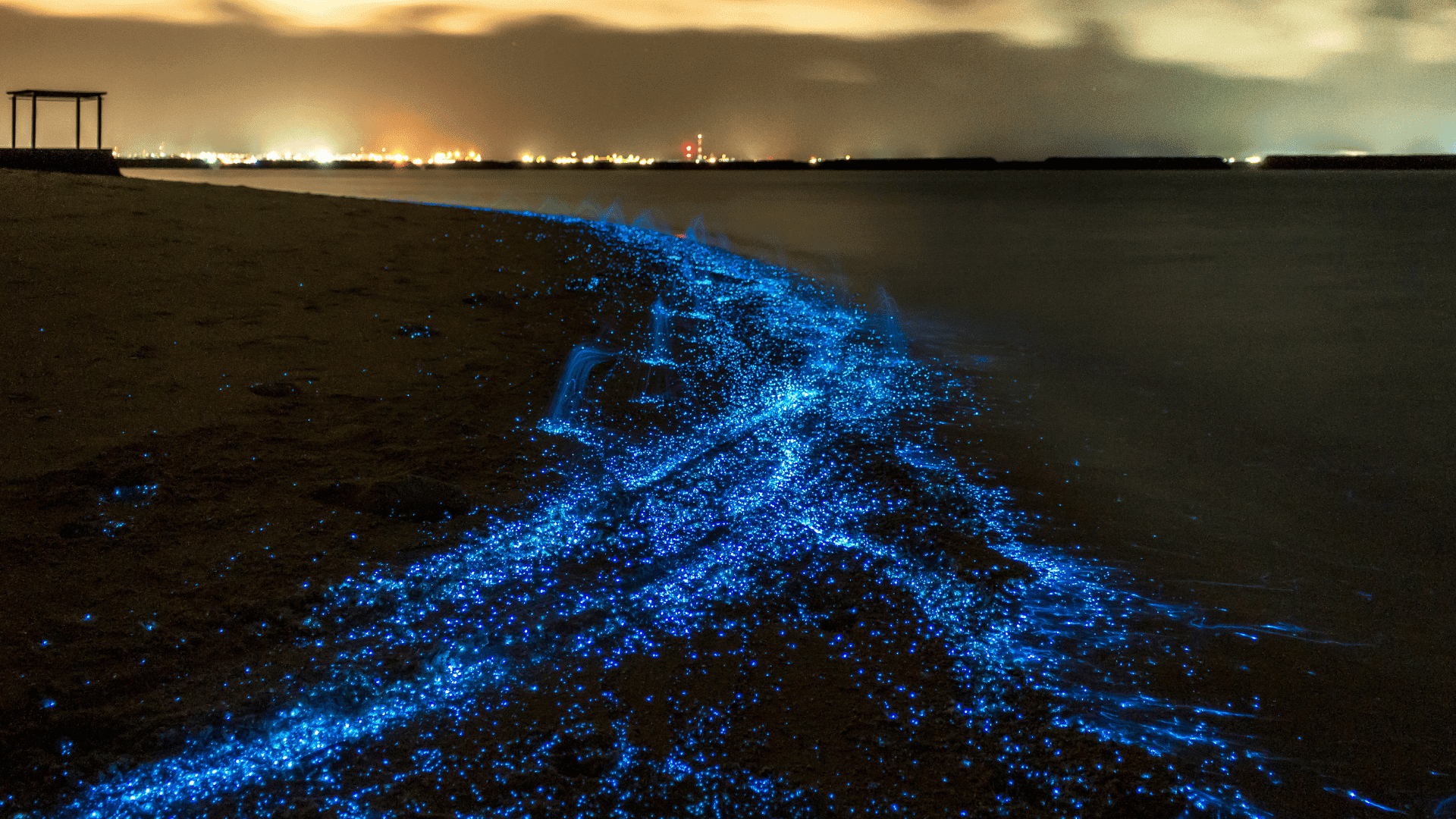A whole new world awaits after dark, and people are acknowledging that in droves. It’s called “noctourism” and the trend is booming. The term noctourism stems from the word nocturnal, where things are done, occur, or are active at night. Of course, stargazing is one of the most popular noctourism activities, but more attractions come to life at night than you think.
The Rise of a Trend

A new study from Booking.com shows that almost 65% of vacationers globally are looking at night trips. The survey analyzed 33 countries.
According to travelandtourworld.com, there are reasons for the rise in late-night adventures. One reason is that people avoid the usual crowds surrounding any given attraction during the day. Another reason is that the darkness unlocks a new view of a place, adding an additional layer to your destination. When the lights turn off, it adds a certain mystery.
Let’s start with stargazing and its continued rise in popularity.
DarkSky International leads the late-night movement. This group advocates against light pollution and highlights spots worldwide that are perfect for catching a glimpse of the beautiful night sky. Over the years, we have also compiled lists of the best stargazing spots and guides for beginners, adding to the growing trend of connecting with nature after hours.
Aside from the night sky, the night seas are making “waves” in the noctourism realm.
For example, Puerto Rico’s Mosquito Bay is famous for its nighttime phenomenon. In the waters of Mosquito Bay, every ripple glows because of the high concentration of bioluminescent dinoflagellates. These microorganisms emit a blue-green light when they’re agitated. A similar thing happens in Jamaica’s bioluminescent bays and the Maldives. If you’re lucky enough to take a midnight kayak ride in the waters, the dark night glows blue from the water.
Let’s not forget about the true nocturnal wildlife around the globe. South Africa’s Kruger National Park and Chile’s Torres del Paine National Park embrace wildlife spotting at night. Tour guides take you on tours with night-vision gear to reveal animals and creatures that you can’t spot during the day.
Tourist locations are embracing the after-dark trend.
Spain’s La Palma, in the Canary Islands, is famous for its clear skies and dark-sky parks. The location offers world-class observatories for the most dedicated astronomers and novice stargazers. In addition, the Maldives, which we mentioned earlier, quickly embraced the rising trend. According to National Geographic, the popular Milaidhoo in Baa Atoll offers a “Sleep Under the Stars” experience.
Connecting with nature is important, and there are plenty of traditional ways to do it. Next time you’re looking for a way to get closer to the natural world, try it at night. The dark skies offer a whole new perspective and new ways to embrace the outdoors.







